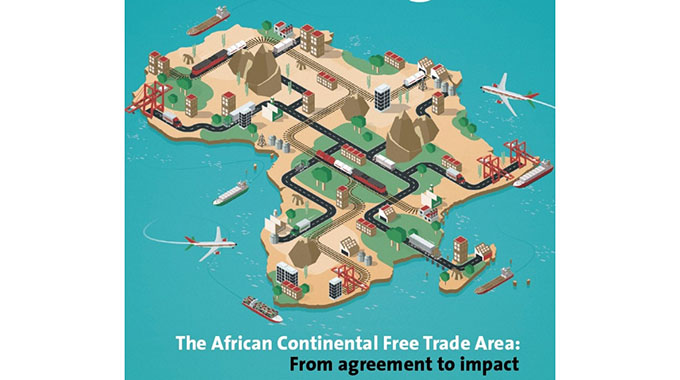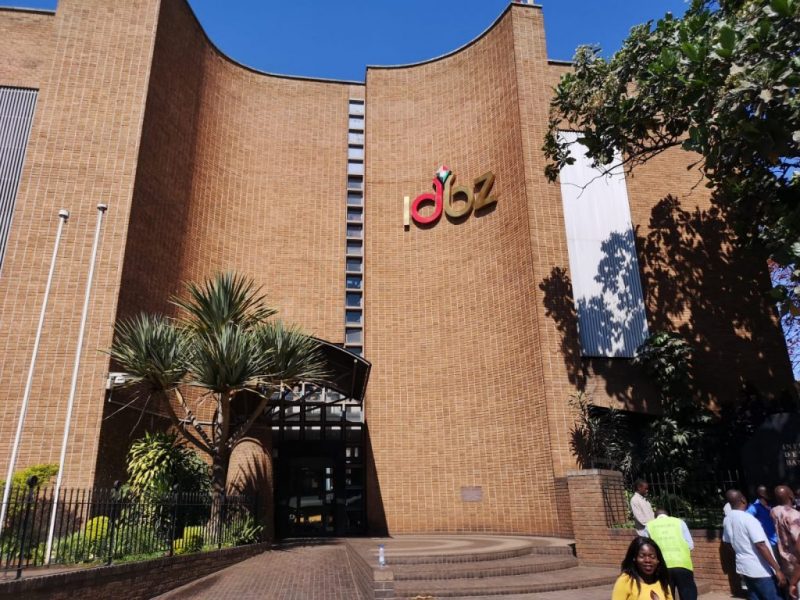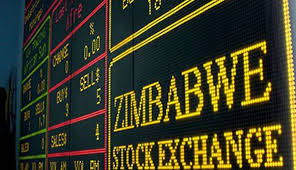Hwange thermal station becomes major power generator
HWANGE Thermal Power Station has become the anchor of the country’s electricity production after contributing over 75 percent of the total output in the second quarter of 2024.
The Zimbabwe National Statistics Agency (Zimstat) noted in its second quarter of 2024 that the Hwange Power Station produced 1 939,1 GWh of electricity, which is 75,8 percent of the total generated during that period.
Power generation illustration
Following Hwange, Kariba Power Station generated 509,9 GWh, accounting for 19,9 percent of the quarter’s total generation. Independent Power Producers (IPPs) on one hand were significantly behind, adding only 4,3 percent to the national generation total.
Zimstat noted that the total electricity distributed in the second quarter was 2135,7 GWh, marking a 5,4 percent increase from the 2026.4 GWh distributed in the first quarter.
Of this, the manufacturing, transport and construction sectors consumed 697,2 GWh (32,6 percent) while mining and quarrying sectors used 344.2 GWh (16,1 percent), with domestic consumers using 511,1 GWh (23,9 percent).
Power generation illustration
Additionally, the volume of electricity exported rose by 17,1 percent to 104,7 GWh, up from 89,4 GWh in the previous quarter.
NamPower of Namibia was the main recipient of the exported electricity, receiving 95,9 GWh, which represents 91,6 percent of the total exports, according to Zimstats.
During the same period, Zimbabwe imported 515,4 GWh of electricity, a 2,0 percent increase from the 504,4 GWh imported in the first quarter.
Eskom in South Africa supplied approximately 33 percent of the imports, while HCB and EDM, both in Mozambique, each supplied 22 percent. Meanwhile, Hwange Power Station’s Units 7 and 8, are set to undergo a scheduled maintenance that is expected to take place during the festive season when power demand is low due to the traditional shutdown of the industry.
Power generation illustration
The maintenance of Hwange Units 7 and 8 is part of a broader effort to stabilise the power supply in the country, particularly during peak usage periods.
Historically, power shortages have had significant implications for both domestic consumption and industrial production, making maintenance a timely initiative to ensure a more reliable electricity supply for all.
The power shortages have also been attributed to growth in the country’s manufacturing industry, which has led to more energy demand driven by the Second Republic’s re-engagement effort that has seen more investment in mining and infrastructure development.-chronile










